1. Granite Countertops Everywhere

Granite countertops were once the gold standard for kitchen and bathroom surfaces, but this trend is now starting to feel outdated. While granite is durable, it’s no longer the go-to material for homebuyers, especially when alternatives like quartz and recycled materials offer better performance, easier maintenance, and more design options. Granite has a very particular, often heavy aesthetic, which may not align with modern tastes, and it’s frequently overused in kitchens, bathrooms, and even laundry rooms, which can make a home feel stuck in the past.
According to House Beautiful, quartz countertops have surpassed granite in popularity due to their versatility, ease of maintenance, and wide range of colors and patterns. While granite was once synonymous with luxury, quartz has become the modern, eco-friendly option of choice. For homeowners who want to stay current and increase their home’s marketability, swapping granite for more versatile materials like quartz or recycled surfaces can help elevate the space.
2. Excessive Wall-to-Wall Carpeting
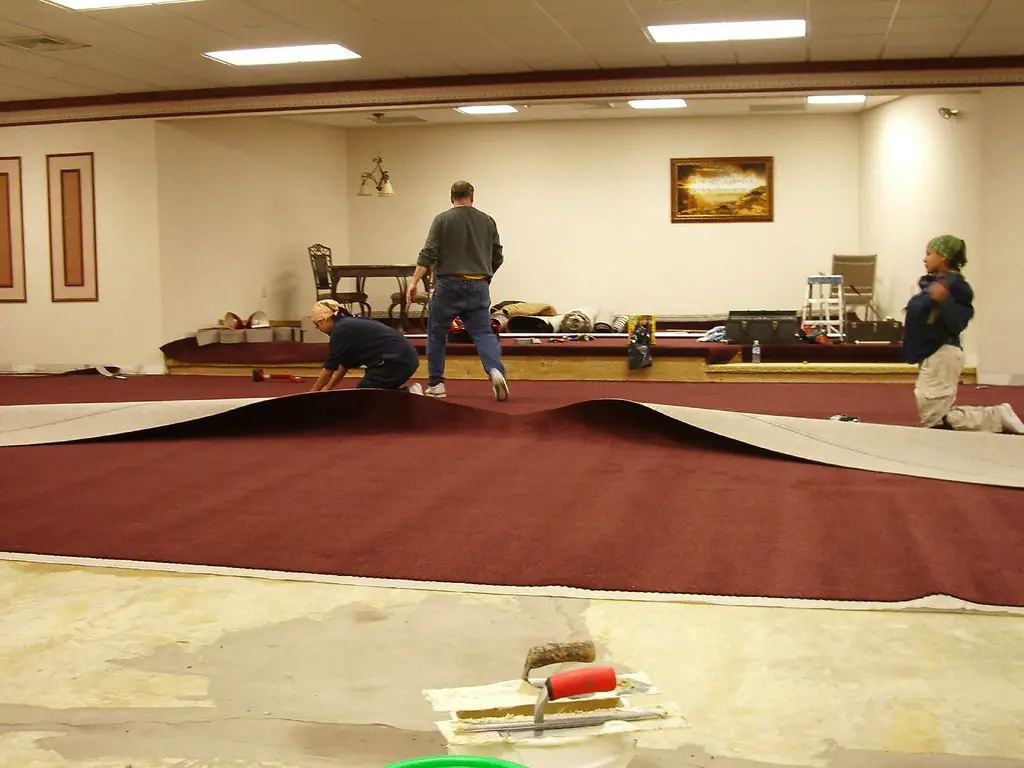
Wall-to-wall carpeting was once a standard feature in homes, but it’s rapidly falling out of favor due to several key drawbacks. Not only is carpet more challenging to clean and maintain, but it also tends to trap dust, allergens, and pet dander, which can be a dealbreaker for buyers with allergies or asthma. Moreover, carpets tend to wear down over time, leading to unsightly stains, fraying edges, and unpleasant odors. While plush carpet may still be desirable in a few areas like bedrooms, hardwood floors, tile, and luxury vinyl have become the preferred options in most parts of the house.
According to Zillow, homes with hardwood floors can sell for up to 2.5% more than comparable homes with carpeting, due to their aesthetic appeal and durability. Not only do hardwood floors add a touch of sophistication, but they are also easier to clean and maintain, increasing the home’s appeal in today’s competitive market. If you’re looking to boost your home’s value, replacing wall-to-wall carpeting with wood, tile, or engineered flooring can go a long way in making your home more attractive to potential buyers.
3. Overly Themed Rooms
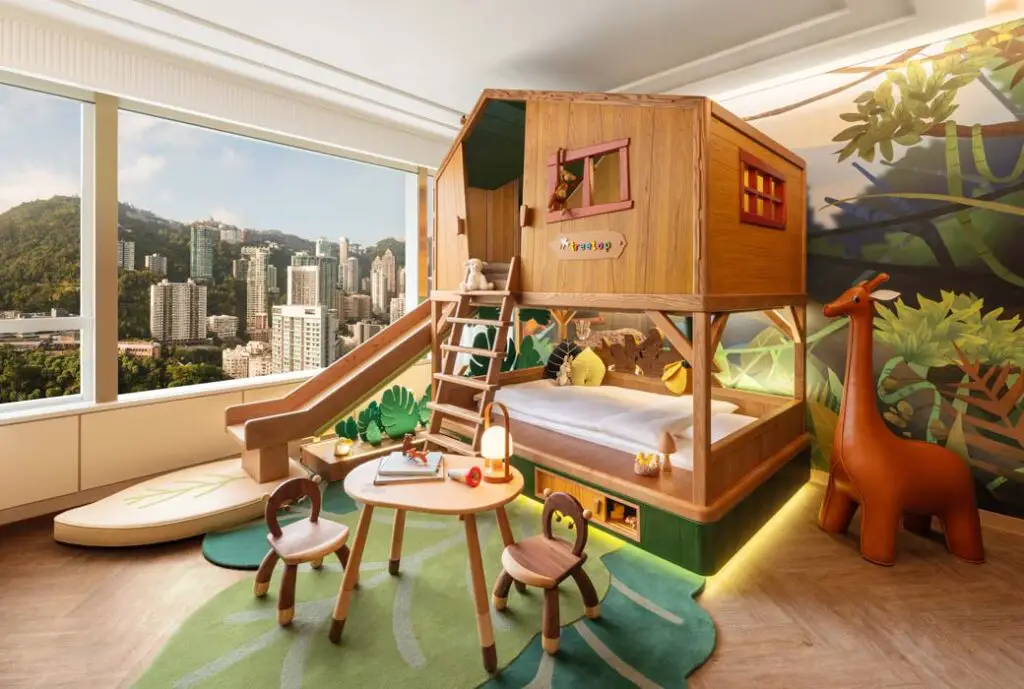
While themed rooms like a “space station” bedroom for kids or a “tropical oasis” bathroom may seem fun, they’re a major red flag for potential homebuyers. Highly specific and personalized room designs often make it difficult for buyers to visualize the space as their own. These rooms tend to feel gimmicky and impractical, and most buyers prefer flexibility to express their personal style. Additionally, themed rooms can be a huge turnoff because they often require time and money to alter, and many potential buyers would rather avoid the hassle of redecorating.
The trend for neutral, versatile spaces has grown significantly, with many buyers preferring rooms that they can easily transform into their desired aesthetic. According to HGTV, light, neutral colors and open spaces are favored because they provide a blank canvas for potential owners. Keeping rooms flexible and free from heavy, specific themes will make your home more marketable and prevent buyers from feeling like they need to tear down walls (or at least repaint them) before settling in.
4. Outdated Kitchen Appliances
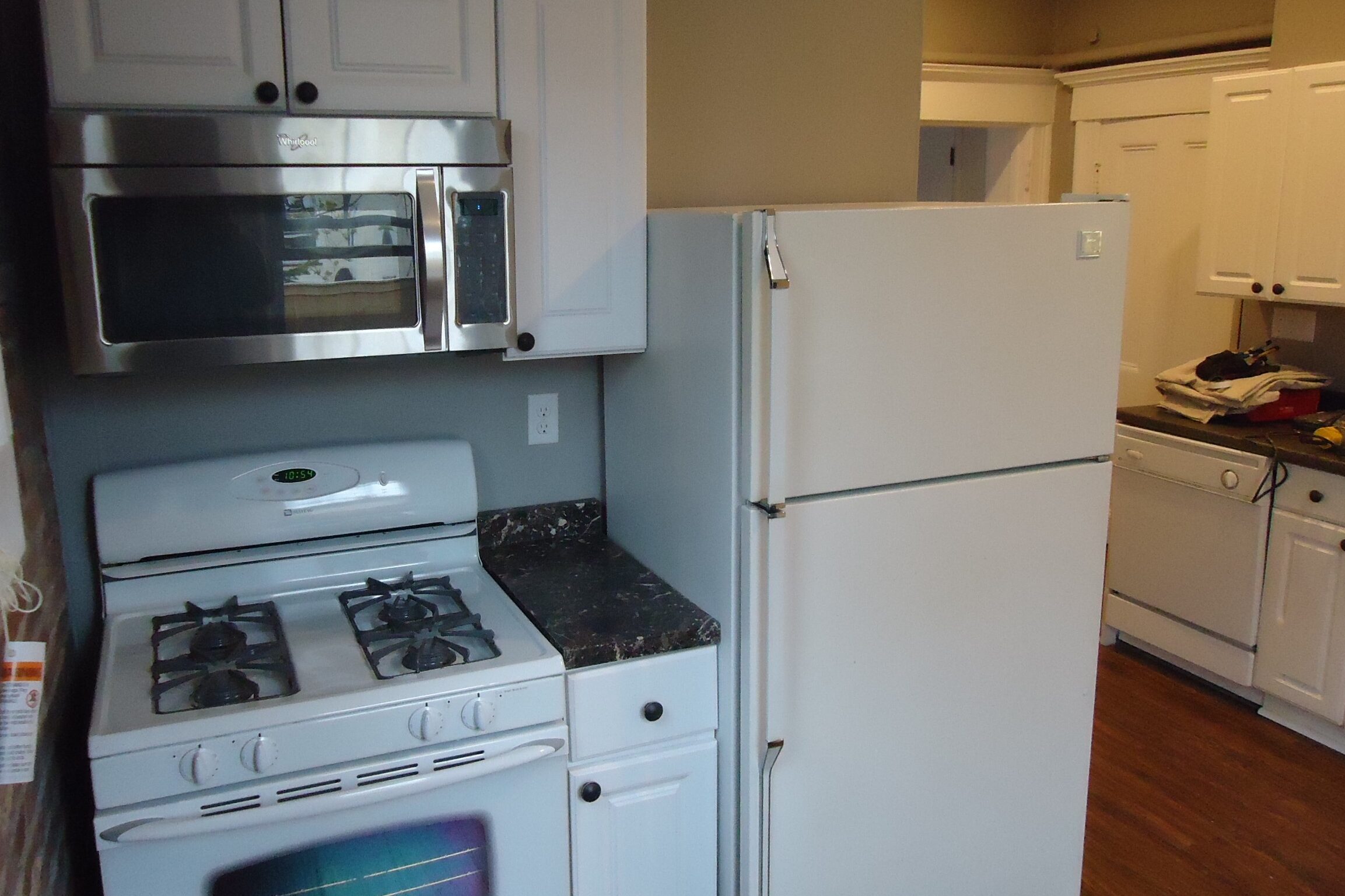
The kitchen is often considered the heart of the home, and old or mismatched appliances can significantly impact a home’s appeal. Buyers are increasingly drawn to energy-efficient, high-tech appliances that make daily tasks easier and lower utility bills. Outdated dishwashers, stoves, refrigerators, and microwaves not only look unattractive but also suggest that the home hasn’t been well-maintained. Furthermore, older appliances can be prone to breakdowns, leading potential buyers to worry about costly replacements in the near future.
According to Consumer Reports, energy-efficient appliances are highly desirable because they help homeowners save money and reduce their environmental impact. Modern appliances, such as induction stovetops, smart refrigerators, and high-efficiency dishwashers, are not only more energy-efficient but also offer advanced features that add convenience. If your appliances are outdated, upgrading them can increase the perceived value of your home, making it more attractive to buyers looking for a move-in-ready property.
5. Dark and Dated Paint Colors

In the past, darker shades of paint—think deep browns, burgundies, or dark greens—were popular choices for creating a sense of warmth and coziness in homes. While these colors may have had their time, they now make rooms feel smaller and more closed off, which is particularly problematic in today’s homes, where open, airy spaces are highly desired. Bold, dark walls are often seen as oppressive, and they can create a “dated” feeling throughout the space.
As noted by Real Simple, light, neutral colors are more popular with modern buyers because they make rooms feel larger and more inviting. Soft grays, whites, and light beiges create a clean, contemporary look that appeals to a wide range of tastes. If you’re planning to sell, consider repainting your home in lighter, more neutral tones to make it feel fresh and spacious, increasing its appeal to potential buyers.
6. Popcorn Ceilings

Popcorn ceilings, once considered a trendy way to add texture and hide imperfections, have become one of the most dreaded features in older homes. These ceilings, also known as acoustic ceilings, are not only visually outdated but can also pose health risks if they contain asbestos (common in homes built before the 1980s). Even when asbestos is not present, popcorn ceilings make a room feel dated, dark, and unkempt, which can turn potential buyers off.
According to This Old House, popcorn ceilings are often a red flag in the real estate market, as buyers view them as a costly renovation project. Fortunately, removing popcorn ceilings is a relatively simple process that can instantly transform a room’s appearance, making it look more modern and polished. If your home has popcorn ceilings, investing in their removal could make a substantial difference when selling.
7. Excessive Wall Mirrors
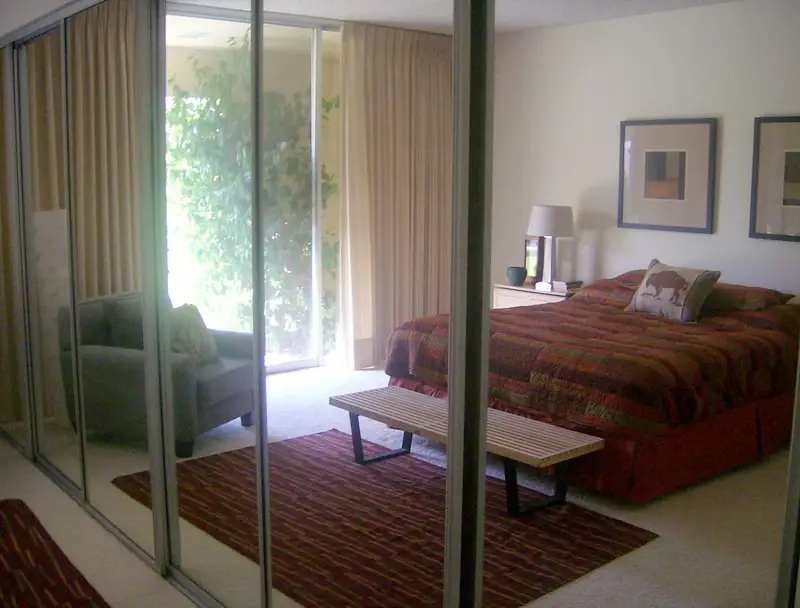
Mirrored walls or large, mirrored accents were once a popular trend, particularly in the 1980s and 1990s. These reflective surfaces were believed to make rooms appear larger and brighter, but today, they can feel overbearing and out of place. Too many mirrors can also give a space a dated, tacky feel, leading buyers to focus more on the mirrors than the actual design of the room.
As noted by Elle Decor, modern buyers tend to prefer more subtle, understated design elements. Excessive mirrors, particularly on large expanses of wall, can detract from a home’s overall aesthetic and make it feel less inviting. If your home has large mirrored walls, removing them and replacing them with more contemporary design elements like artwork or neutral-colored walls can significantly improve its appeal.
8. Overly Large Bathtubs
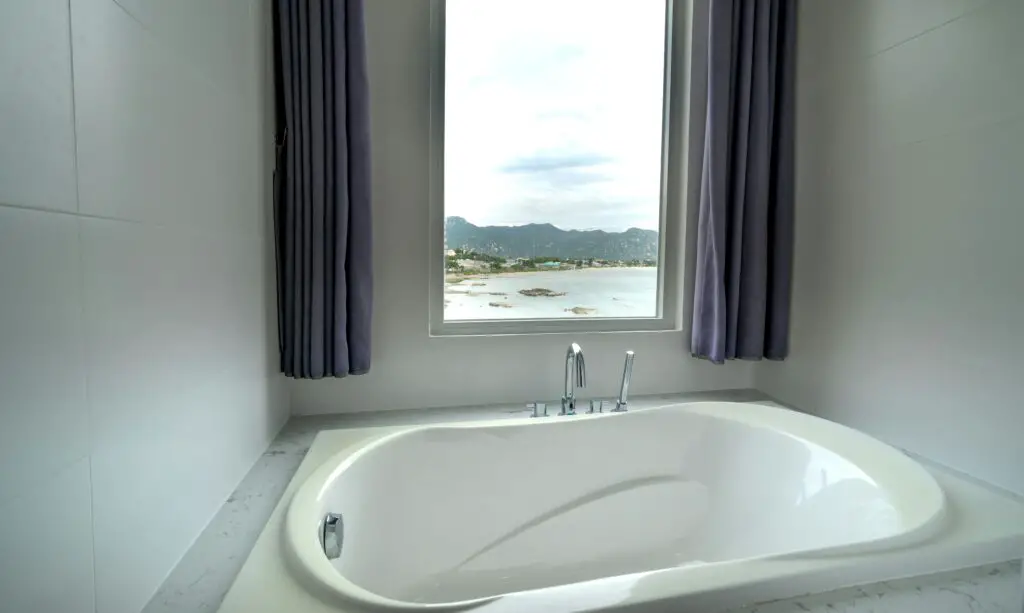
Oversized bathtubs—think garden tubs or jacuzzi-style bathtubs—were once the epitome of luxury in many homes. However, these massive tubs have fallen out of favor for several reasons. First, they take up a lot of space, leaving little room for other essential bathroom features like a larger shower or extra storage. Second, they’re often underused, as many people prefer the convenience and space efficiency of showers over soaking tubs.
As highlighted by Architectural Digest, modern bathrooms are now leaning toward walk-in showers, minimalist designs, and space-maximizing features like floating vanities. While soaking tubs can still be appealing in some high-end bathrooms, oversized bathtubs often feel impractical and out of place in today’s fast-paced, functionality-driven world. Replacing a large bathtub with a sleek, modern shower or a smaller, more efficient tub can elevate the bathroom’s functionality and appeal to a broader range of buyers.
9. Lack of Open Floor Plans
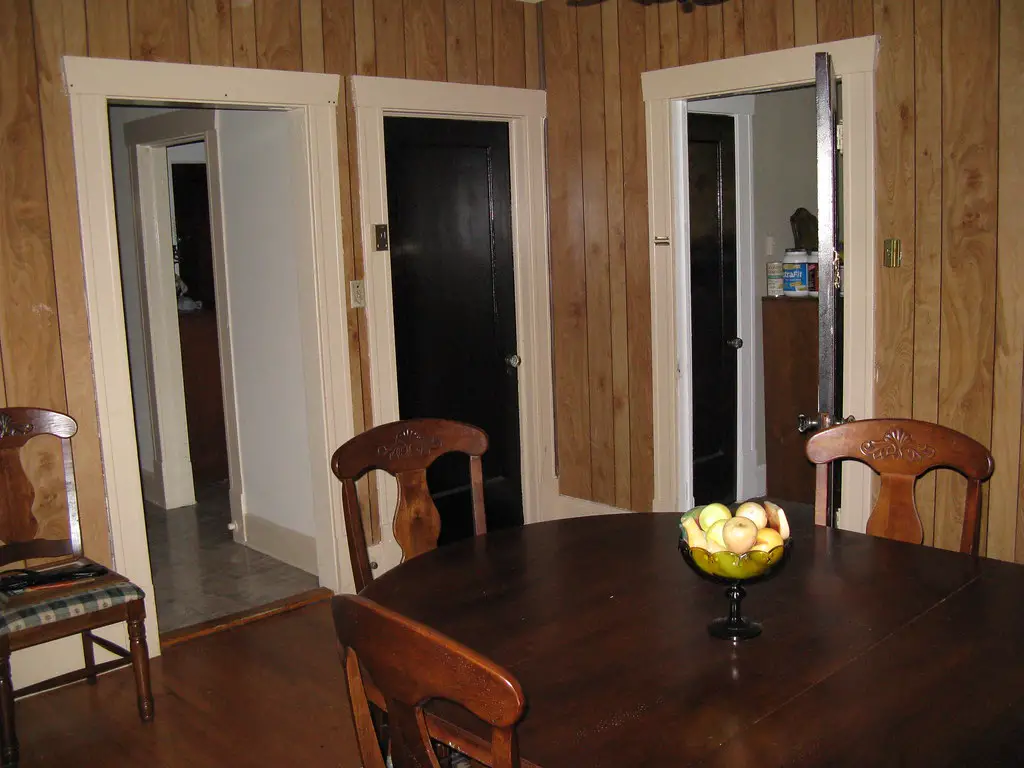
For many years, closed-off kitchens, dining rooms, and living rooms were the norm in home design. However, this layout is quickly becoming a dealbreaker for many modern buyers who now seek open, flowing spaces that encourage interaction and functionality. Closed-off rooms can make homes feel small, dark, and disconnected, limiting how people use the space for family gatherings or entertaining.
According to Curbed, the open floor plan is now considered a must-have in many modern homes. Open layouts allow for natural light to flow throughout the space and create a sense of openness and flexibility. If your home still has a traditional, segmented layout, it may be worth considering removing walls to open up the floor plan, which can significantly improve the home’s appeal and resale value.
10. Too Many Personal Touches
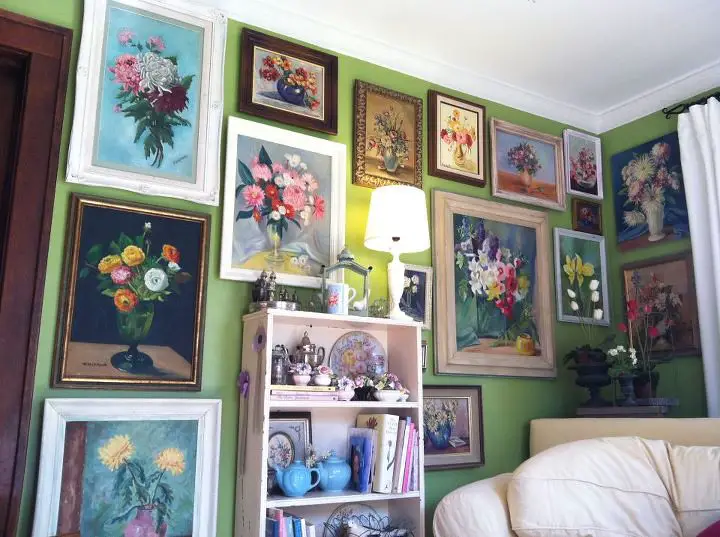
While personalizing a home with family photos, memorabilia, or unique décor can make it feel warm and inviting, it can also alienate potential buyers. Excessive personal items can make it difficult for buyers to envision themselves in the space, as they may feel like they’re intruding on someone else’s home rather than considering it as their own.
According to Realtor.com, homes that are too personalized often appear cluttered and can overwhelm prospective buyers. The goal when selling a home is to create a neutral, welcoming environment where buyers can imagine their own belongings in the space. Reducing the number of personal items, such as family portraits and trophies, and instead opting for neutral, universally appealing décor can make a significant difference in how buyers perceive the property.
11. Heavy Wallpaper
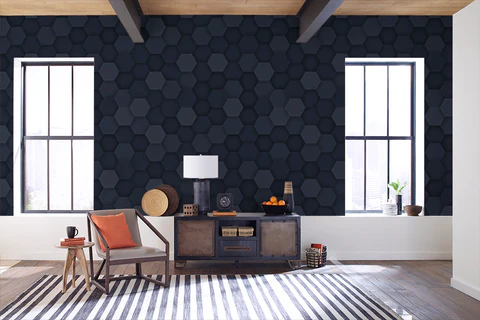
Wallpaper was once a popular choice for adding texture and design to rooms, but it has largely fallen out of favor in recent years. While wallpaper can look elegant in certain settings, it can also feel dated and difficult to maintain. Many types of wallpaper can peel over time, and removing it can be a labor-intensive process. As a result, homes with heavy, old-fashioned wallpaper tend to be seen as projects that require significant renovation.
The Home Improvement Research Institute (HIRI) notes that modern homebuyers are more likely to prefer paint or removable wall coverings that are easier to update or change. Replacing wallpaper with a fresh coat of paint or a more contemporary wall treatment can immediately make a room feel more modern and appealing to potential buyers. Simple, neutral-colored walls are often the best choice for creating a welcoming atmosphere.
12. Overly Bright or Neon Accent Colors
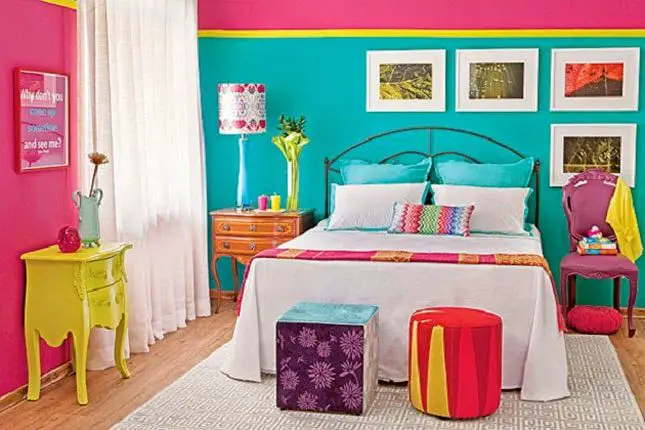
While bold accent colors can add personality and energy to a home, excessively bright or neon shades often create an uncomfortable atmosphere. Colors like hot pink, bright orange, or neon green can be jarring to the eyes and might not appeal to a wide range of buyers. While these vibrant hues may work in small doses or specific spaces, overusing them can detract from the overall ambiance of the home.
According to Better Homes & Gardens, homebuyers tend to prefer more subdued tones like soft blues, grays, and whites for larger spaces, as these colors create a calm and inviting environment. Bold accent colors should be used sparingly and strategically—perhaps in accessories, art, or small furniture pieces—rather than in entire rooms. Updating your home with a more neutral color palette can help attract a wider audience and improve its marketability.
13. Wallpaper Borders and Faux Finishes

Wallpaper borders and faux finishes, such as faux wood or marble, were once trendy design elements in kitchens, bathrooms, and living areas. However, these decorative techniques are now widely considered outdated and are often viewed as a sign of a home that hasn’t been updated in years. While wallpaper borders may have once been a way to add character to a space, they often create an old-fashioned and busy look.
As noted by The Spruce, today’s buyers prefer clean, simple lines and contemporary finishes. Instead of using borders or faux finishes, many homeowners are opting for sleek, minimalist design elements like subway tiles, stone countertops, and neutral paint colors. If your home has these outdated finishes, updating the space with modern, timeless materials can boost its appeal and overall value.
14. Large, Ornate Ceiling Fans
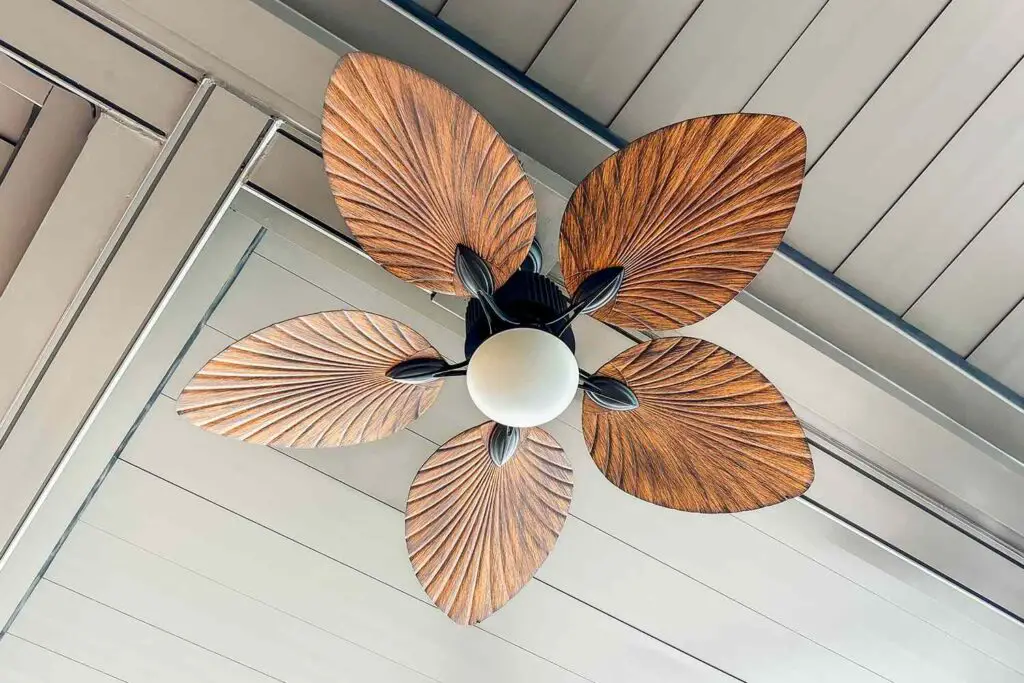
Ceiling fans were once a popular feature in homes, especially in warm climates. However, large, ornate ceiling fans with intricate designs have become outdated and are often seen as clunky and distracting. Modern buyers tend to prefer fans that are sleek, minimalist, and more energy-efficient, or they might opt for air conditioning as a more effective solution.
According to Good Housekeeping, smaller, more modern ceiling fans that blend seamlessly into the décor are preferred over large, attention-grabbing fans that dominate the room. Replacing an old-fashioned ceiling fan with a more contemporary, streamlined option can make your space feel more polished and modern. In some cases, homeowners might consider removing ceiling fans altogether if they’re no longer needed.
15. Overstuffed Furniture
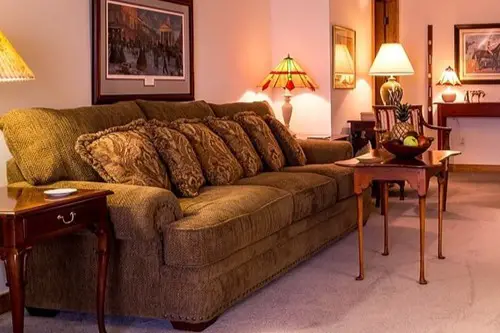
Large, bulky sofas and chairs were once seen as the ultimate in comfort, but today’s buyers often see them as outdated and impractical. These oversized pieces tend to dominate rooms, making spaces look smaller and less functional. Instead of creating a cozy atmosphere, they often result in a cluttered and cramped feel that turns potential buyers away. Homes that feature slimmer, more modern furniture designs appear fresher, more open, and easier to visualize.
According to Apartment Therapy, streamlined furniture helps highlight a room’s proportions and allows buyers to better imagine their own belongings in the space. Overstuffed pieces may signal that a home hasn’t been updated in years, which lowers its perceived value. Swapping out dated furniture for lighter, more contemporary styles can give a space new life and improve its overall appeal. Even if you don’t plan to sell soon, modernizing your furniture can make your home more functional and stylish.
16. Tuscan-Style Kitchens
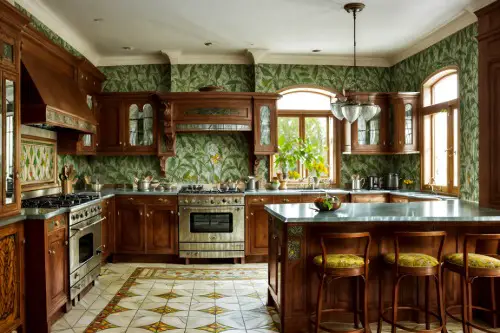
The Tuscan kitchen trend, popular in the early 2000s, is now considered outdated by many homebuyers. Heavy wood cabinets, ornate ironwork, and dark stone finishes can make kitchens feel dark, closed-in, and dated. While once a symbol of rustic elegance, this style no longer aligns with the clean, minimalist look that’s now in demand. Buyers increasingly prefer bright, open kitchens with light finishes and streamlined designs.
According to Houzz, white and light wood cabinetry paired with quartz countertops and simple backsplashes are topping the list of buyer preferences. The heavy textures and deep tones of Tuscan kitchens often suggest costly renovations for potential buyers. If your kitchen still reflects this style, lightening up the cabinets, updating hardware, and replacing heavy countertops can dramatically increase appeal. Modernizing even a few elements can make the entire space feel current and inviting.
17. Gold-Plated Fixtures
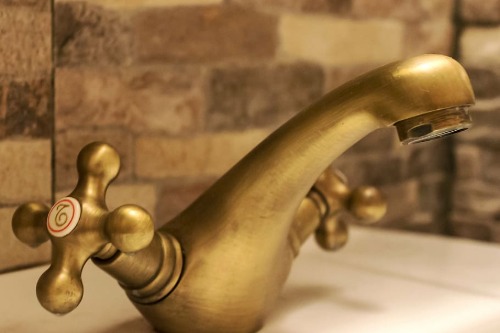
Once associated with luxury, shiny gold-plated faucets, knobs, and light fixtures now look more dated than opulent. The reflective, brassy finish often clashes with modern color schemes and gives a home an “old-fashioned” vibe. Buyers are now drawn to more versatile finishes like brushed nickel, matte black, or oil-rubbed bronze, which provide a sleek and timeless look. Gold fixtures can make potential buyers immediately think of expensive upgrades.
As Better Homes & Gardens points out, updating fixtures is one of the easiest ways to refresh a space without a full renovation. Swapping outdated gold finishes for modern alternatives instantly elevates bathrooms, kitchens, and even door hardware. Buyers appreciate homes that already feel updated, which can give you an edge in a competitive market. Small details often make the biggest difference when it comes to property value.
18. Heavy Drapes and Valances
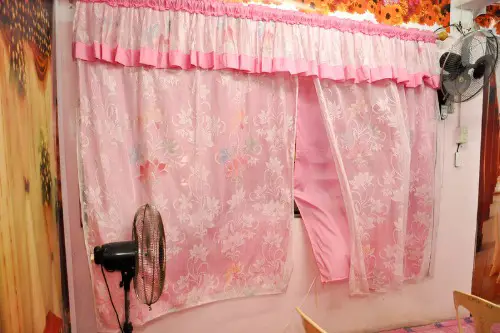
In past decades, elaborate drapery with tassels, swags, and layered valances was a popular way to dress up windows. Today, however, these window treatments feel heavy and outdated, often making rooms appear smaller and darker. Modern buyers tend to prefer clean lines and natural light, both of which are hindered by bulky window coverings. Outdated drapery can also make a home feel harder to maintain, as heavy fabrics often collect dust and allergens.
According to Architectural Digest, simple treatments like sheer curtains, roman shades, or roller blinds are now more desirable because they highlight natural light and create a cleaner look. Removing old-fashioned drapery can instantly brighten a space and make it feel larger. For sellers, updating window coverings is a relatively inexpensive change that can have a noticeable impact. Buyers are far more likely to appreciate a room that feels light-filled and uncluttered.
19. Overdecorated Fireplaces

Fireplaces are often seen as a major selling point, but overdecorated or overly ornate mantels can detract from their charm. Heavy stone surrounds, faux finishes, and excessive molding were once popular but now make spaces feel outdated. Buyers often prefer sleek, minimalist fireplaces that act as subtle focal points without overwhelming the room. An outdated fireplace can give the impression that the entire home hasn’t been modernized.
According to Realtor Magazine, simple tile surrounds or clean-lined mantels appeal more to today’s buyers who favor understated elegance. Updating a fireplace doesn’t always require major renovations—sometimes just painting the mantel or swapping out dated tile can make a huge difference. A clean, modern fireplace design can transform a living room into a stylish centerpiece. This small change can greatly influence how buyers perceive the overall quality of your home.
20. Outdated Lighting Fixtures
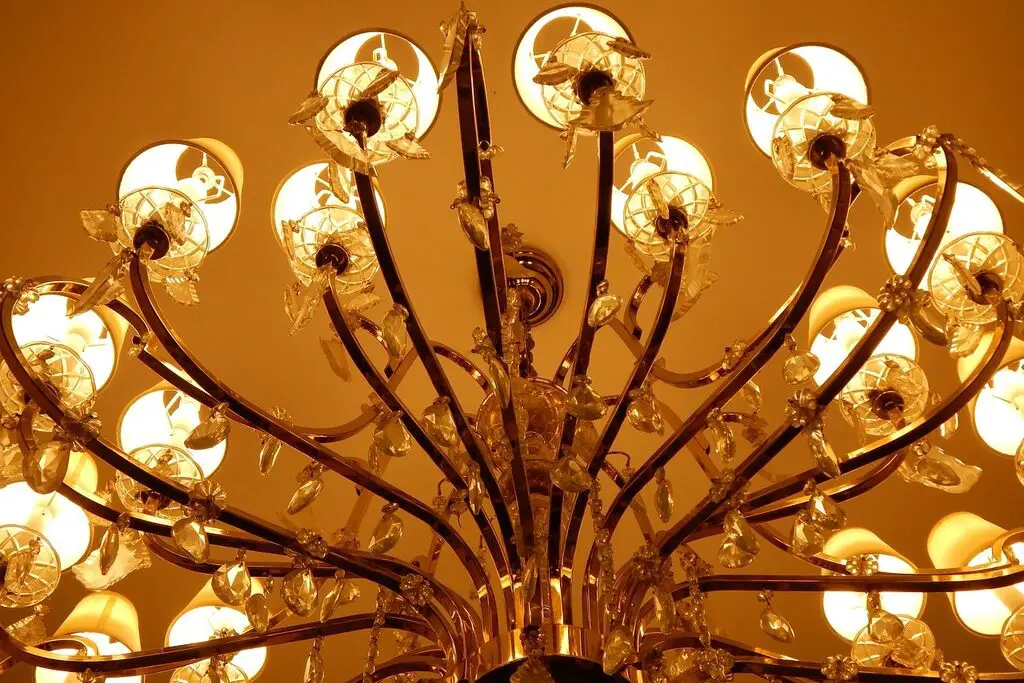
Dated lighting—think brass chandeliers, fluorescent box lights, or frilly sconces—can instantly age a home. These fixtures were once trendy but now clash with modern minimalist and industrial styles. Old lighting can also make rooms appear dim and less inviting, which is a major drawback for buyers. Buyers often see outdated fixtures as an immediate expense they’ll need to take on after purchasing.
According to The Spruce, updating light fixtures is one of the most cost-effective ways to modernize a home. Sleek pendant lights, recessed lighting, and LED options not only look better but are also more energy-efficient. Bright, well-lit spaces create a positive impression and help homes feel more spacious. By replacing outdated lighting, you can significantly increase your home’s attractiveness to buyers.
21. Outdoor Décor Overload
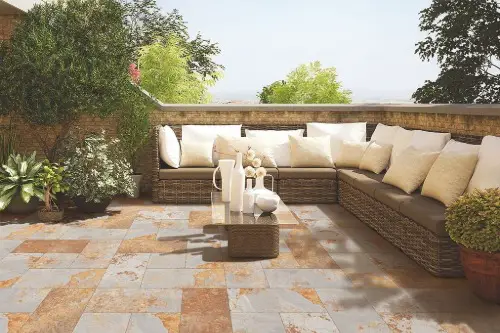
Yard statues, excessive lawn ornaments, and dated patio furniture can seriously detract from curb appeal. While personal touches outdoors may feel charming to homeowners, buyers often see them as clutter or maintenance concerns. Too many decorative items can distract from the home’s architecture and landscaping, making the property feel less valuable. First impressions matter, and an overloaded yard can make buyers hesitant before even stepping inside.
According to Lawn & Landscape Magazine, today’s buyers value clean, low-maintenance outdoor spaces that emphasize greenery and simplicity. Minimal, well-placed décor combined with tidy landscaping has far more appeal than a yard filled with knick-knacks. Updating outdoor furniture with streamlined pieces and removing excessive decorations can greatly improve curb appeal. A polished exterior helps potential buyers envision relaxing in the space rather than worrying about clearing it out.
22. Glass Block Walls
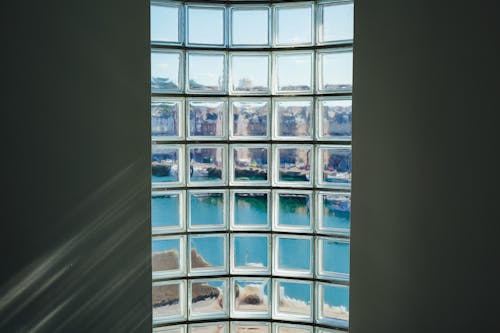
Glass block walls were once considered a modern design statement, especially in bathrooms and entryways. These thick, translucent blocks were often used to let light pass through while still providing privacy, but now they are viewed as clunky and dated. Instead of giving homes a sleek look, they often make spaces feel trapped in the 1980s or 1990s. Their bulk and heaviness can make rooms look smaller and less inviting.
Today’s buyers prefer cleaner, more minimal options like frosted glass panels, open shelving, or even half-walls that create separation without feeling heavy. According to Interior Design Magazine, modern glass solutions with slim frames or frameless edges are far more desirable. Removing glass block walls can open up spaces and make them feel more contemporary. This update can be an affordable way to give a home a fresh, streamlined aesthetic that appeals to today’s market.
23. Over-the-Top Built-In Entertainment Centers
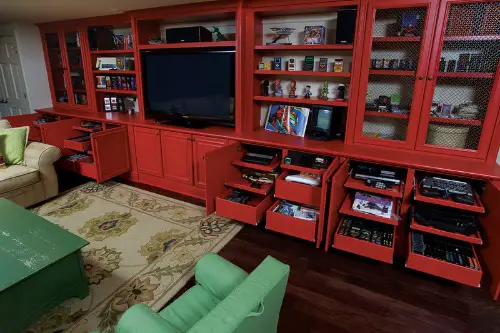
Massive built-in entertainment centers were once a popular way to showcase bulky televisions, DVD players, and sound systems. These wall units often dominate living rooms, eating up valuable square footage and making spaces feel smaller. With today’s slim, wall-mounted TVs and streaming technology, these oversized built-ins look outdated and unnecessary. Potential buyers often see them as a renovation project rather than a selling feature.
Modern living rooms emphasize flexibility and openness, with media centers that are subtle or even invisible. According to Apartment Therapy, floating consoles, simple shelving, or integrated storage solutions are much more appealing to buyers. Removing or downsizing a built-in entertainment unit can immediately modernize a room and help it feel larger. A simple, streamlined setup gives buyers the blank canvas they need to visualize their own style in the space.
24. Shag Carpets and Outdated Rugs
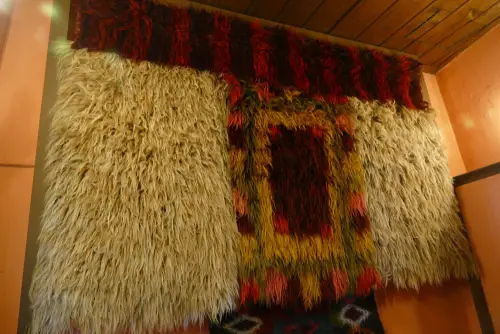
Shag carpeting and oversized patterned rugs were once fashionable, adding texture and boldness to a room. Unfortunately, they now feel dated and can make a home look like it hasn’t been updated in decades. Shag carpets are also difficult to clean and tend to trap dirt, dust, and allergens, which turns off health-conscious buyers. Even area rugs with outdated patterns or heavy colors can overwhelm a space and reduce its appeal.
According to Houzz, neutral, low-pile rugs in simple patterns or natural fibers are preferred in modern home design. They help highlight flooring while adding comfort without being visually distracting. Replacing old carpeting or dated rugs with fresh, modern alternatives can instantly brighten a room and make it feel more inviting. This small update has a big impact on how buyers perceive the cleanliness and style of a home.
This post 24 Outdated Home Trends That Are Lowering Your Property Value was first published on Greenhouse Black.
